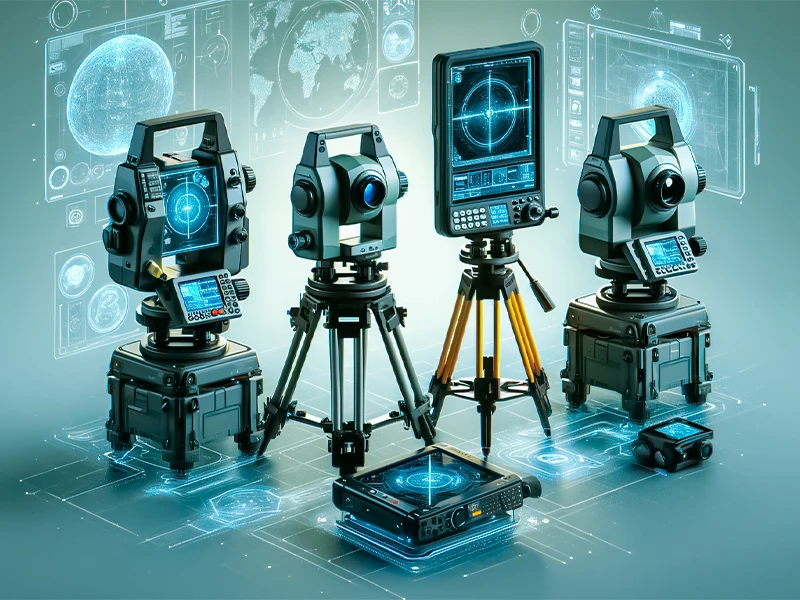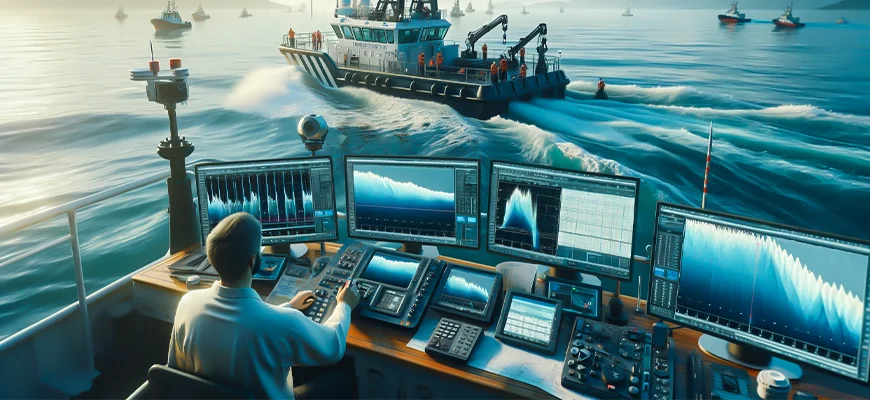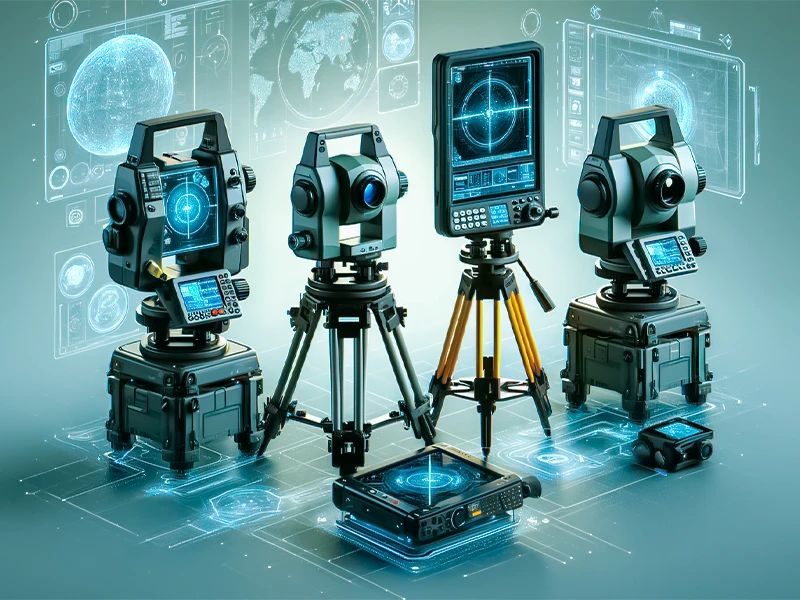

What instruments are used in surveys, and how are they used? Surveying instruments aid measurements of land, such as vertical and horizontal distances and the volume of material dug. A building surveyor is a construction professional who acts as an advisor on the entire lifecycle of a building. They use their expertise to provide guidance on everything from the design, construction, maintenance, and repair of buildings to identifying defects and recommending solutions.
Building surveyors also ensure projects comply with building regulations and safety standards. If you’re planning alterations or extensions to a property, a building surveyor can help with the planning application process. They can also advise on improvements that enhance the property’s environmental and sustainability aspects.
Concise Applications for Surveying Tools
The majority of uses for surveying equipment include in the following surveys:
- Land
- Quantity
- Topographical
- Hydrographic
- Mine
1. Land Surveying
2. Quantity Surveying
3. Topographic Surveying
Topographic surveying is the precise mapping of land features, including elevation, contours, and human-made structures, to create detailed topographic maps for use in various fields, such as urban planning and engineering.
4. Hydrographic Surveying

5. Mine Surveying
Measured Building Survey Equipment

1. Total Station
2. Theodolite
3. Laser Distance Metre (LDM)
4. Drones
5. Measuring Wheel
6. GPS (Global Positioning System)
Also Check: Cost of Measured Survey in UK
Conclusion
Previous Post
← Types of SurveyorsNext Post
Types of Drone Surveys →
